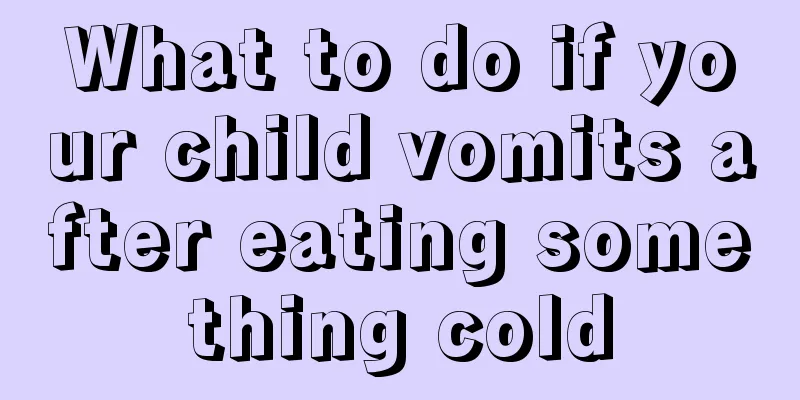How is hand, foot and mouth disease transmitted?

|
We need to face hand, foot and mouth disease correctly. Although hand, foot and mouth disease is highly contagious, it can be blocked through certain isolation measures. Children with hand, foot and mouth disease should avoid going to crowded places, which can not only protect themselves but also avoid spreading the virus to others. At the same time, children should pay attention to a light diet and avoid spicy and greasy food. So, how is hand, foot and mouth disease transmitted? 1. Hand, foot and mouth disease is a virus-induced infection, just like other infectious diseases. Both children and adults need to be prevented. Prevention methods are the same as for infants and young children. As a pregnant woman, you are in a critical period of your life and need to prevent various infectious diseases. Spring is the season when various infectious diseases are most prevalent. Try not to go out if possible, especially to places with high population mobility. 2. Hand, foot and mouth disease is a common infectious disease caused by a variety of human enteroviruses, mainly affecting infants and young children. Most children have mild symptoms, with fever and rash or herpes on the hands, feet, mouth and other parts of the body as the main features. A small number of children may develop damage to the central nervous system and respiratory system, leading to aseptic meningitis, encephalitis, acute flaccid paralysis, neurogenic pulmonary edema and myocarditis. Some seriously ill children may progress rapidly and are prone to death. 3. Most children and adults will not develop symptoms after infection, but they can spread the virus. The enteroviruses that cause hand, foot and mouth disease include enterovirus 71, group A coxsackievirus, and certain serotypes of echovirus. The pathogens that cause hand, foot and mouth disease are mainly Coxsackievirus types 2, 4, 5, 7, 9, 10, 16 of group A, and types 1, 2, 3, 4, 5 of group B of the Picornaviridae family and Enterovirus genus; enterovirus type 71; echovirus, etc. Among them, enterovirus 71 and coxsackievirus A16 are more common. 4. Enterovirus is suitable for survival and transmission in a humid and hot environment. It is insensitive to ether, dechlorocholate, etc., and 75% alcohol and 5% Lysol cannot inactivate it, but it is sensitive to ultraviolet rays and dryness. Various oxidants (potassium permanganate, bleaching powder, etc.), formaldehyde, and iodine can inactivate viruses. The virus can be quickly inactivated at 50°C, but a 1 mol concentration of divalent cations environment can increase the virus's resistance to heat inactivation. The virus can survive for one year at 4°C, can be stored for a long time at -20°C, and can survive for a long time in the external environment. |
<<: What causes hand, foot and mouth disease?
>>: What to do if you don't eat for hand, foot and mouth disease
Recommend
What is wrong with an 11-year-old wetting the bed?
Newborn babies will wet the bed every day, which ...
What are some recipes for home-cooked meals for young children?
In our lives, whether babies can eat healthily is...
What to do if your four-month-old baby refuses to drink milk
Many babies will experience a period of milk aver...
What should I do if my child has a fever and high platelet count?
Children are very prone to fever, so families wit...
Yellowing of the soles of children's feet
The soles of a normal person's feet and palms...
Are there any side effects after having a child’s tongue tie removed?
The so-called tongue tie is commonly known as ton...
Does camphor have any effect on babies?
The physical health of the baby is of great conce...
Tips for preventing high school students from getting into trouble
The third year of high school is a very important...
Normal height for a 13-year-old
Every parent is very concerned about their child&...
Is it easy to treat white palace madness in children?
The occurrence of vitiligo has a serious impact o...
How many times a day is normal for a 3 month old baby to poop?
Children's immunity is very fragile, especial...
Children's lips are covered with blisters
Blisters are prone to appear on the lips when the...
How to help bone development?
Bones are not only an organ in the human body, bu...
What are the symptoms of intellectual disability in newborns?
The intellectual development of children is very ...
Which department should children go to for bedwetting?
In life, bedwetting in children is generally path...









